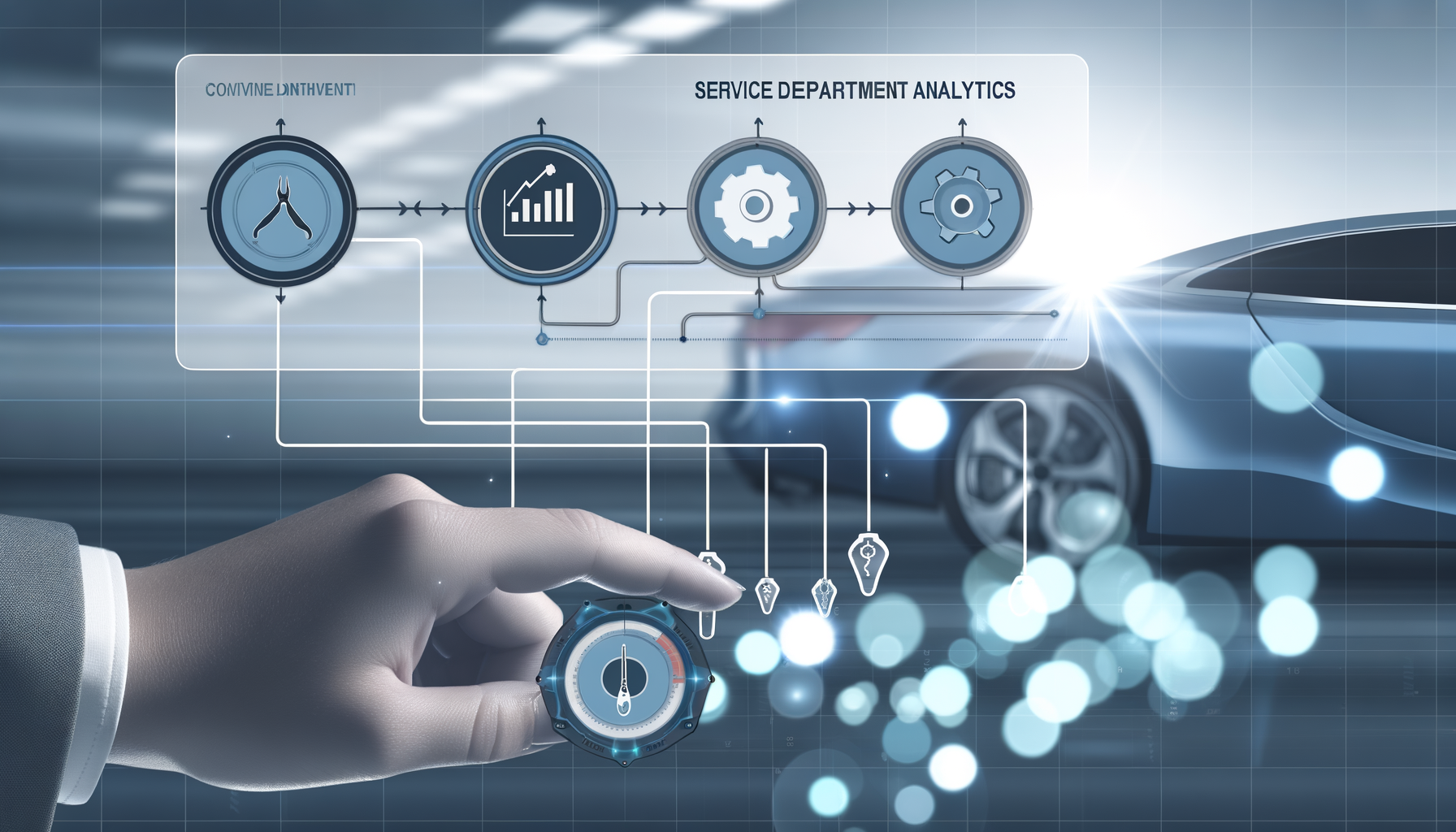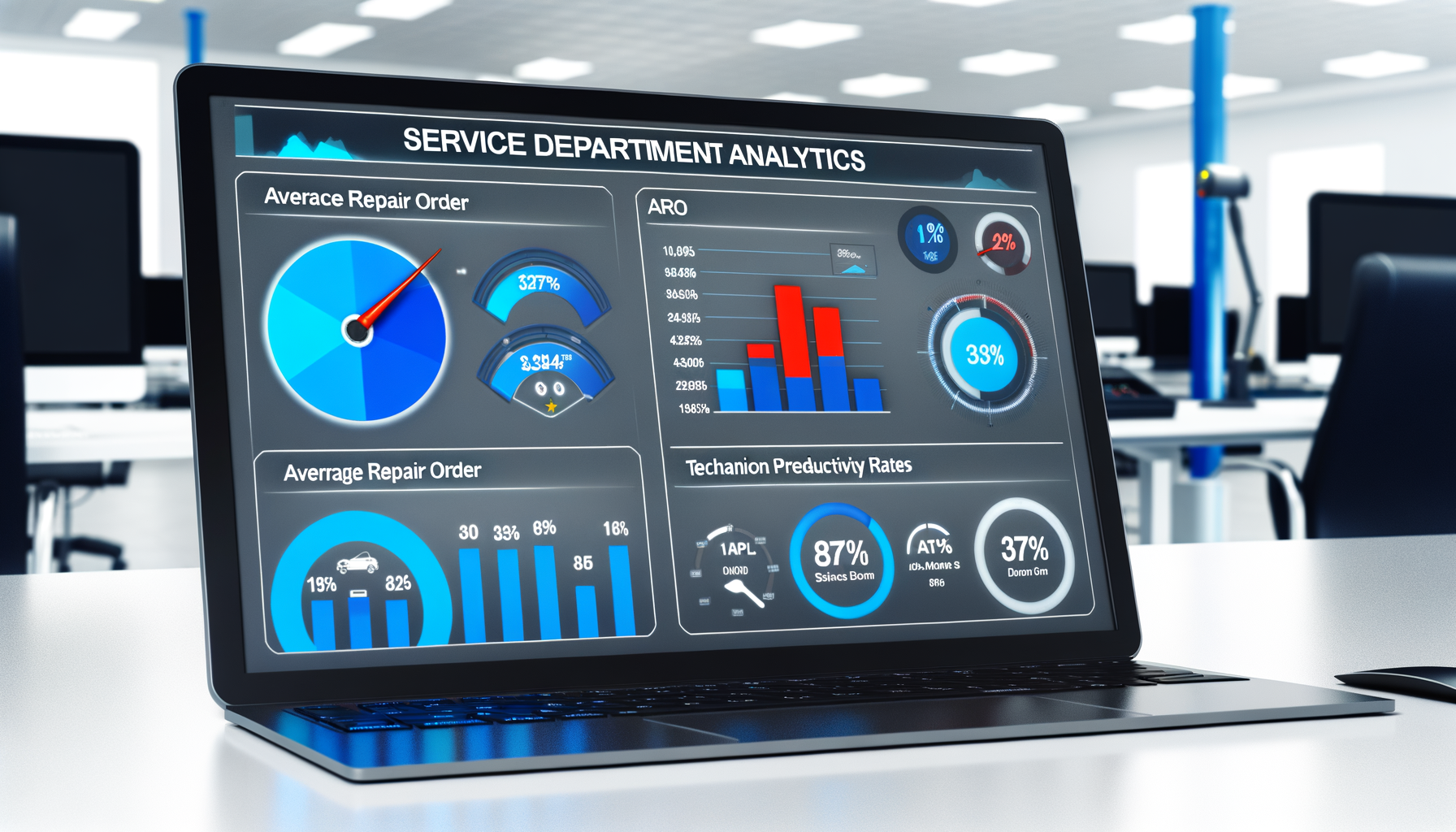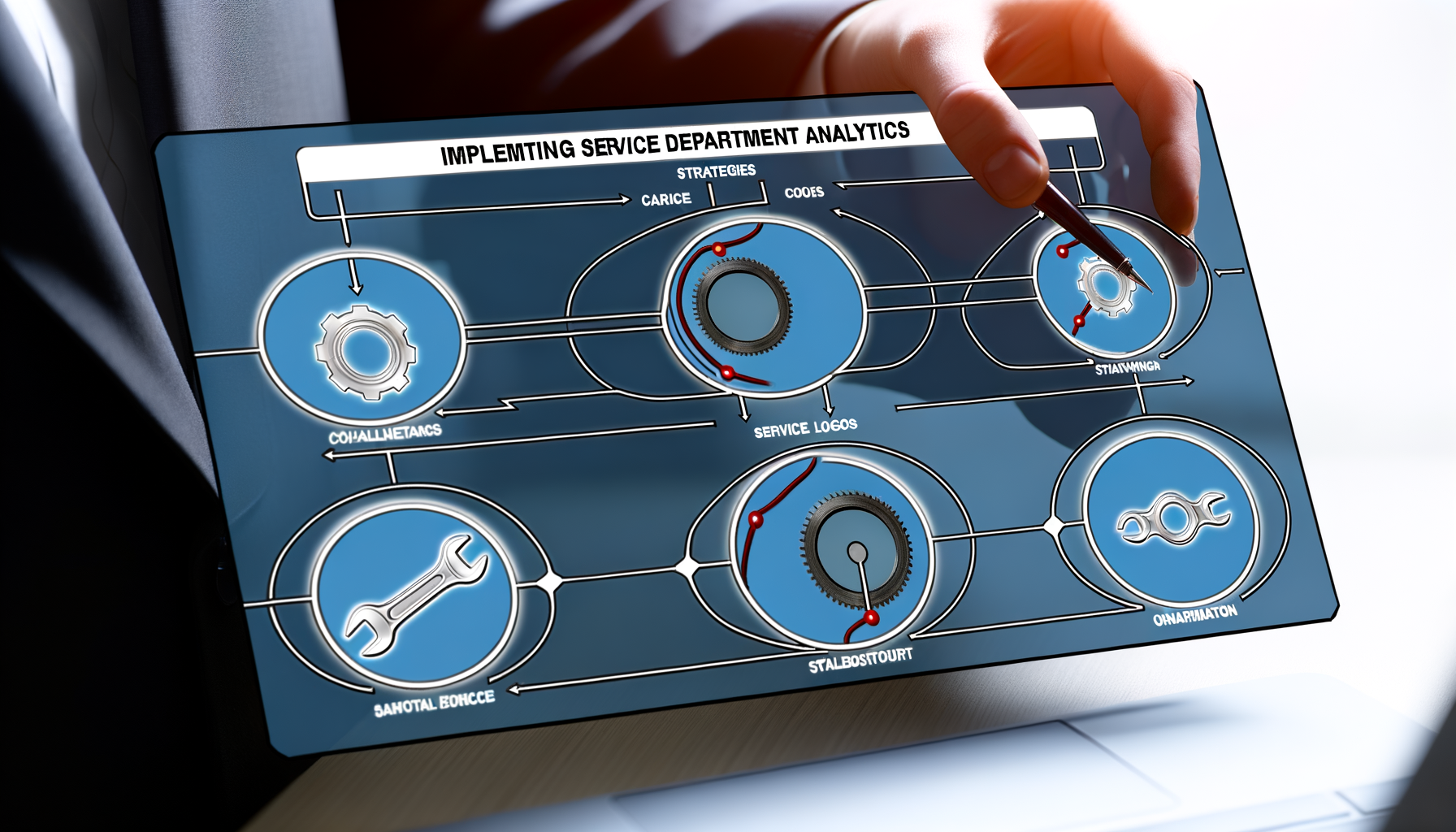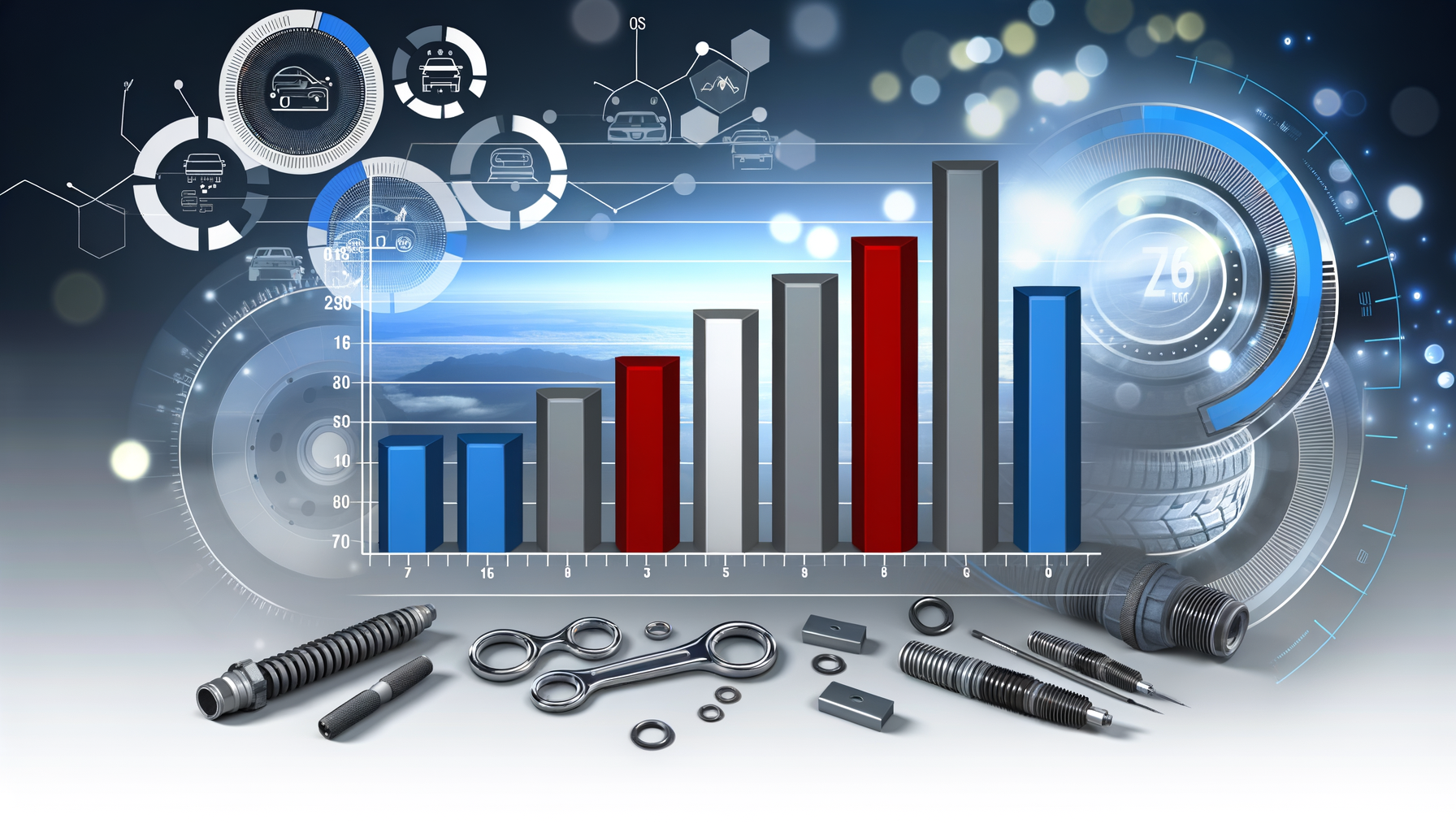Data-Driven Domination: Harnessing Analytics to Rev Up Your Service Garage

Understanding the Analytics Landscape in 2025

The automotive service industry has experienced a data revolution by 2025. With the rise of connected vehicles and IoT devices, service departments now have access to unprecedented volumes of data.
Successful departments leverage this data to make informed decisions, from inventory management to scheduling. The key is integrating disparate data sources into a cohesive strategy.
Begin by centralizing data from all touchpoints. Use a robust dealership management system to aggregate customer preferences, vehicle history, and service performance metrics.
Key Metrics for Service Department Success

Identifying the right metrics is crucial for evaluating service department performance. Focus on metrics that directly impact customer satisfaction and profitability.
Key metrics include Average Repair Order (ARO) value, technician productivity rates, and first-time fix rate. Tracking these can highlight areas for improvement.
Establish benchmarks using industry standards. For instance, a 15% increase in EV-related repairs might require adjusting staffing and training protocols.
Implementing Predictive Maintenance with Analytics

Predictive maintenance is transforming service departments by using data to foresee issues before they occur, reducing downtime and increasing customer satisfaction.
This involves analyzing vehicle telematics data to identify patterns that suggest upcoming failures. Use data models to predict maintenance needs accurately.
Start by selecting predictive analytics software compatible with your existing systems. Train your team to interpret data signals effectively to preempt customer issues.
Overcoming Common Analytics Challenges

Despite the benefits, analytics implementation comes with challenges such as data silos, resistance to change, and skill gaps.
Address data silos by ensuring all systems are interoperable and data is accessible to all relevant stakeholders.
Combat resistance by demonstrating the tangible benefits of data-driven decisions through pilot projects.
Leveraging Automation for Efficiency

Automation is a critical component in modernizing service departments, freeing up human resources for more complex tasks.
Implement automated scheduling and reporting tools to streamline operations, reducing human error and increasing efficiency.
Invest in comprehensive training for staff to leverage automated systems fully, ensuring there is no gap in productivity during transitions.
Measuring ROI of Service Department Analytics

Understanding the return on investment (ROI) is crucial for justifying analytics initiatives to stakeholders.
Calculate ROI by comparing the cost of analytics tools and training against the revenue increase attributed to improved processes and customer retention.
Track changes in key metrics post-implementation to demonstrate value, such as increased ARO and reduced service times.
Related Topics
Ready to take your service department to the next level?
Schedule your demo today and experience the power of Auto Pro Solutions.
Schedule Demo